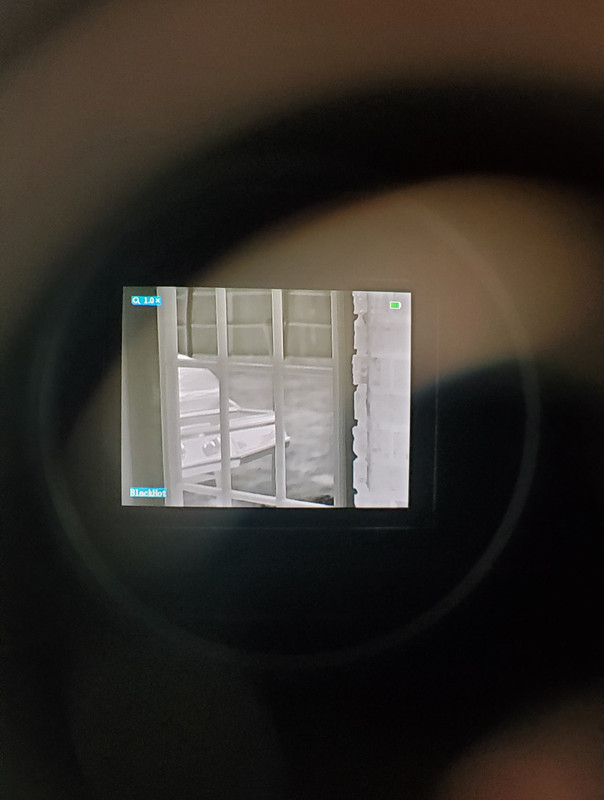AndreusMaximus
Master
So this question is based merely on curiosity and not on any practical reason to know, but my question is, can a thermal sensor see through a glass lens?
As I understand it, thermal imaging uses a sensor to detect the heat of any object it is pointed at by picking up on the infrared radiation that all objects that have heat put off.
So if you tried to look through a rifle scope, for example, with a thermal sensor (specifically a thermal sensor, NOT a night-vision sensor which amplifies low levels of visible light) what would happen? Would the thermal camera just pickup the temperature of the glass lens, and thus render the optic essentially opaque to the sensor? Or does glass refract the infrared radiation the same way it does visible light, thus making the optic work just the same for a thermal sensor?
As I understand it, thermal imaging uses a sensor to detect the heat of any object it is pointed at by picking up on the infrared radiation that all objects that have heat put off.
So if you tried to look through a rifle scope, for example, with a thermal sensor (specifically a thermal sensor, NOT a night-vision sensor which amplifies low levels of visible light) what would happen? Would the thermal camera just pickup the temperature of the glass lens, and thus render the optic essentially opaque to the sensor? Or does glass refract the infrared radiation the same way it does visible light, thus making the optic work just the same for a thermal sensor?






